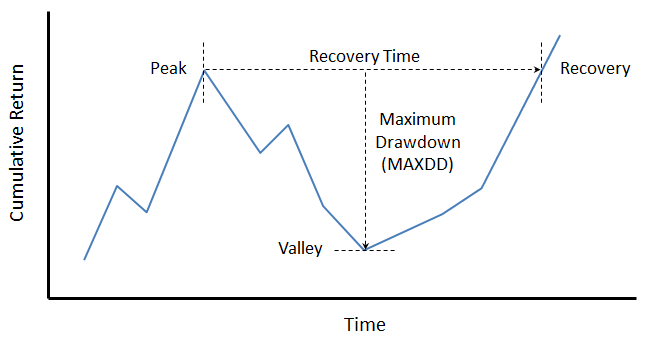 When did position management enter my consciousness? I think it stems from experiences that gave me an appreciation for the psychology behind our behavior. Sure, I had read the classic from Edwin Lefevre, and believed in William O’Neil stop-loss rules. The image that still sticks with me comes from a tiny book I read in 1994 that doesn’t get the pub it deserves.
When did position management enter my consciousness? I think it stems from experiences that gave me an appreciation for the psychology behind our behavior. Sure, I had read the classic from Edwin Lefevre, and believed in William O’Neil stop-loss rules. The image that still sticks with me comes from a tiny book I read in 1994 that doesn’t get the pub it deserves.
In his tiny 1930 classic, Fred Kelly gives the example of the farmer who had 12 chickens in a cage, and one slipped out. So he propped open the door and set food out in an attempt to lure the chicken back. Of course, 2 more chickens now escaped. Surely, he can’t accept having only 9 chickens when he just had 11. His repeated efforts to get back to “breakeven” left him panicking to salvage 2 at the end…sound familiar with anyone’s early trading efforts?
The lessons stayed personal until managing an order desk stamped those lessons as universal. Seeing these episodes play out over and over among traders led to a true appreciation of the human wiring that wreaks havoc with our trading. These observations led me in the late 90′s to step outside of myself on every trade and ask if I was that person. Am I holding a short against a wave of strength that will sweep me away tomorrow anyway? If so, why not cover now instead of panicking with my fellow (wrong) shorts later? It was in those moments that I realized the power of anticipating group emotions. I already had a respect for taking losses, but I gradually moved from exiting in panic, to exiting in fear, to exiting when the slightest bit of hope creeped in.
Remember this…if you’re hoping a position bounces back to being a winner, you’re not alone at that moment. Hope is said to be a good companion, but a poor guide. Turn that on its head by realizing that you have a chance to act in defense of your equity by taking your loss before the other “hopers” are forced by emotions to act. Sure, you’re putting yourself in a position of huge regret if the position then recovers, but you’re also preventing the possibility of acting in a panicked state later. Stops can be great teachers…if you find yourself repeatedly getting stopped out just before your idea gets recognized, then you need wider stops. Been there…I now operate with smaller positions and wider stops, giving myself room to be right but not putting my equity at undue risk.
If the image of the farmer doesn’t do it for you, consider 2 traders, Roger and Andy. Both are caught in a bad situation, hoping for the best. Andy decides to come clean and admit his mistake. Roger decides to dig in and show he’s right. Bad idea. A small lie today will be a bigger lie tomorrow…rip the band aid now. Any idea who played that trade right?
It’s OK to be wrong, not OK to stay wrong…that’s the difference between champ and chump. The longer we stay in a trading range, the more explosive the resulting trend will be, and there will be no place for hope. Be ready to trade today’s ego hit for a chance to play again tomorrow, and you give yourself a chance to replace any negative episode with your best one yet.





